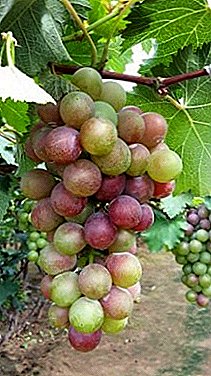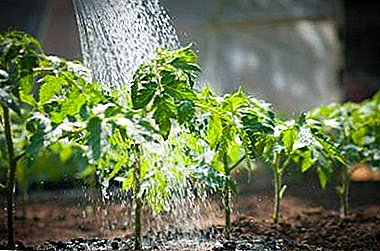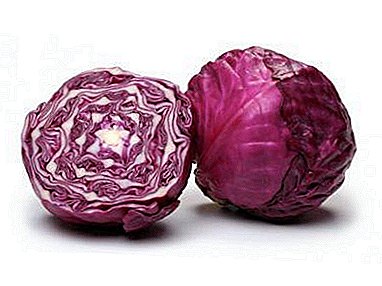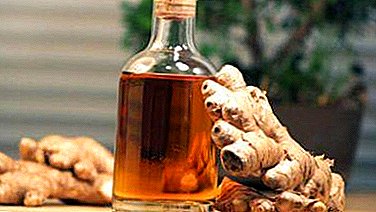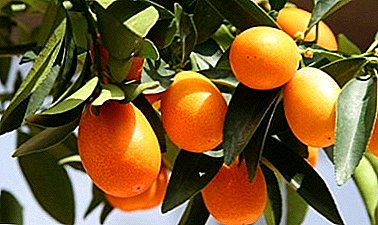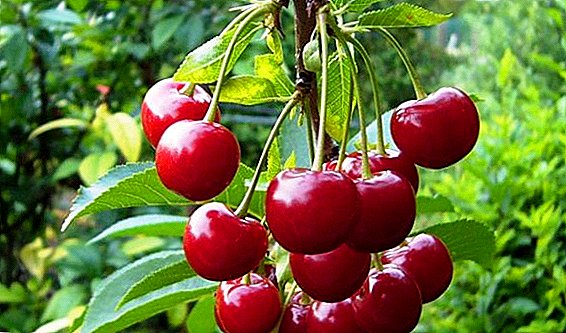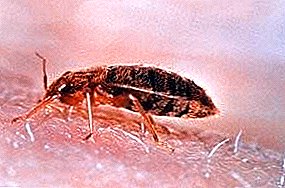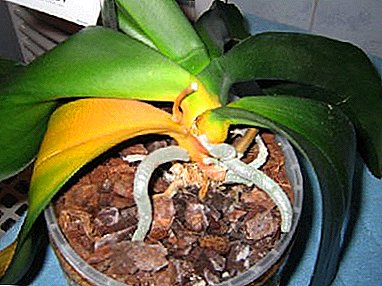
The orchid is an incredibly beautiful, but intricate and capricious flower. Often both professional flower growers and amateurs face such a problem: orchids have yellow spots on the leaves.
Sometimes this is accompanied by loss of corneal, fading, twisting, the appearance of spots. What are the causes and consequences of this phenomenon? When to worry and what action to take? Read on ...
What is it and how does it look?
Sometimes, when examining a plant, one can notice that 1-2 lower leaves have turned yellow and dry on it, while the rest still remain saturated green and healthy. Why does this happen and what needs to be done to return the plant to a healthy look? In this case, do not panic: a natural process occurs, resulting in the lower leaves turn yellow and fall off. Orchid thus sheds old foliage.
If the orchids on the leaves first brightened, became sluggish, and then they began to form yellow spots, or if the leaves began to turn yellow at the base or on the one hand, and then the stem begins to turn black or to acquire a yellow or brown color - this is a sign that the rules of care have been violated behind the plant or it got sick.
Photo of the affected flower
Here you can see what an orchid looks like with yellowed leaves:



What are the reasons?
The main reason for the appearance of yellowness on orchid leaves - violation of the rules of care for the plant. The most common causes of yellowing leaves include:
- Bad light. This plant needs bright lighting, but the light must be diffused. If the orchid leaves have started to turn yellow on one side only or yellow spots appear on the leaves, this means that the plant has received sunburn. If all the leaves turned yellow and became sluggish, it means that the plant, on the contrary, does not have enough light.
- Wrong watering. This beautiful flower loves regular watering. But sometimes, if this condition is observed, it can be seen that the foliage begins to turn a little yellow. This means that the plant is poured. This happens when the pot for the plant is too small, and the excess moisture just does not have time to leave. Also, the cause of yellowing of leaves may be a violation of the level of humidity in the winter.
- Bacterial or fungal infection. If the flower is affected by this ailment, the yellowness is visible not only on all the leaves, but also on the stem. Another symptom of this disease is the high rate of yellowness. In such a situation, saving the plant is almost impossible.
- Violation of the rules of transplantation. If the flower is not transplanted in time, the overgrown measles system ceases to fit in the pot and is deformed, and yellow spots appear on the leaves.
- Lack of potassium. This leads to the fact that a biochemical process begins to occur in the plant, including the redistribution of potassium from old tissues to new ones, with the result that mature leaves turn yellow and die.
- The lack of iron in the soil substrate. This can be caused either by the initially incorrectly selected soil mixture when planting the plant, or by irrigation with low-quality tap water.
- Lack of nitrogen in the substrate. In this case, the leaves turn yellow, but do not fall.
- Chemical burn. This happens with unlimited fertilization of the soil, when using too saturated concentrate during irrigation.
- Unfair seller. As you know, the larger the copy, the more expensive its price. Therefore, many vendors use various stimulants to accelerate plant growth. Therefore, sometimes there are such situations when, after 1-2 years after purchase, the leaves turn yellow at the base, stop growing and disappear. This is a sign that the seller has gone too far with stimulants.
When to worry?
As noted above, orchid leaves may turn yellow at the base or fall off completely for natural reasons.
These symptoms, which show that the plant has fallen ill or that its maintenance conditions have been violated, include:
- The appearance of signs of rot on the roots, leaves and stems.
- Weeping spots on leaves and stems.
- Drying out
- Sluggish leaves.
- Fully yellowed lower tier of leaves or one side of the plant.
- The appearance of brown spots on the leaves and stems.
Long term effects
 If time does not take action, the beautiful orchid can stop blooming, dry out, or it can begin the process of rotting, which ultimately will lead to the death of the entire plant.
If time does not take action, the beautiful orchid can stop blooming, dry out, or it can begin the process of rotting, which ultimately will lead to the death of the entire plant.
If the cause of yellowing of leaves is an infection, then, if appropriate measures are not taken, there will be a risk of spreading the disease to other plants.
Yellowing treatment
If it was noticed that the orchid leaves do not turn yellow from the natural process, in order to save the plant, you must do the following:
- Analyze the conditions of detention. It is necessary to check whether the flower does not fall under direct sunlight, to check the soil for the presence of excess or lack of moisture, to check whether the root system has grown, and whether the pot has become too small for it.
- If it was found that the flower suffers from sunburn, it must be rearranged.
- If the reason is insufficient watering, then it is necessary:
- Check the potted soil. It should be wet.
- If the soil is dry, it is necessary to moisten it with filtered water.
- Observe decide watering and monitor the condition of the flower.
- If the cause is excessive watering, then it is necessary:
- Pull the plant out of the pot, clean it from the substrate.
- Check root system for rot.
- If rotten areas were found on the roots, they should be cut off with a sharp, disinfected in a solution of potassium permanganate with a blade. Places slices sprinkle with coal.
- Replant the orchid in a new pot.
- If the cause is a lack of potassium, nitrogen and iron, then it is necessary to apply fertilizer containing the necessary substances. Fertilizers are introduced gradually, follow the changes in the state of the flower (there are improvements or nothing changes).
Next, tell you what to do if the leaves of the plant turned yellow and fell off.
How to save if you lose turgor, turned yellow and fall off?
If the orchid leaves not only began to turn yellow, but also fall off, then The plant must be urgently reanimated:
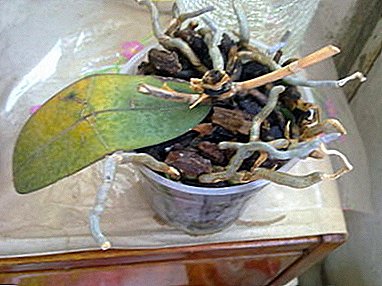 Analyze the maintenance conditions of the flower and identify possible causes of the problem.
Analyze the maintenance conditions of the flower and identify possible causes of the problem.Change the mode and methods of watering.
Move the flower pot to another location.
If the orchid is next to yucca, peperomia, cordilina or ararkaria, then you need to remove them away.
Replace soil and pot. New pot must be sanitized with a solution of potassium permanganate before planting.
Do not use fertilizers and growth stimulants for at least 14 days.
If orchids have been found to have fungal or bacterial diseases, then it must be treated with fungicides.
Important! It is necessary to use for watering only soft water.
Aftercare for the plant at home
After the orchid has recovered, and its leaves turn green again, you must begin to follow the rules of care:
- Provide a flower with enough light. Orchid requires a lot of diffused light. Light day should last 10-12 hours.
- Compliance with the temperature: during the day should not be 18-27 degrees above zero, at night - 13-24 degrees.
- Ensuring the difference in air temperature day and night is a necessary condition for good orchid flowering.
- Observe the watering mode. The ground should be wet, but not wet, and even more so, the water should not stagnate in a pot. Water for watering orchids must be used soft, and its temperature should be 2-3 degrees warmer than the surrounding air.
- Fertilizers should be applied no more than once every 2-3 weeks, it is necessary to observe the proportions indicated on the package. After transplanting a plant, fertilizing is not recommended, as the substrate already contains all the necessary substances.
- Monitor the quality of the substrate and the degree of growth of the root system. Replant the plant in time.
Thus, there are a large number of reasons for the appearance of yellowness on the leaves, and they are associated with both natural processes and violation of the rules of care. If the yellowing of the leaves is not caused by natural causes, the lack of timely surgical intervention can lead to the death of the plant.


 Analyze the maintenance conditions of the flower and identify possible causes of the problem.
Analyze the maintenance conditions of the flower and identify possible causes of the problem.
